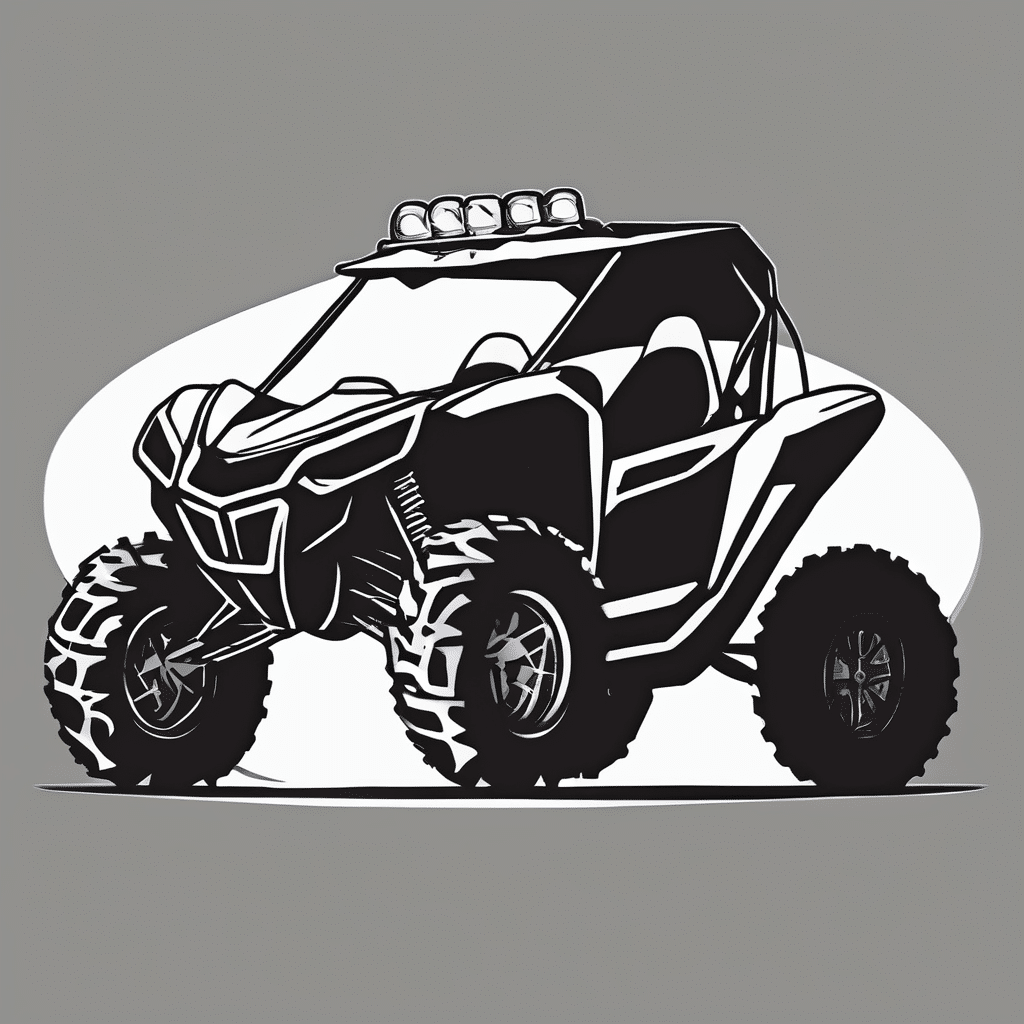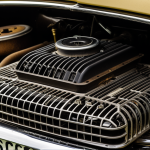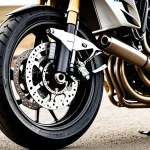Understanding Child Booster Seat Requirements
Child booster seat regulations can differ significantly between regions, creating a challenge for parents striving to ensure the safest environment for their children. Current child safety laws are based on scientific research, stipulating the need for a booster seat until a child reaches a specific height and weight, often around 4 feet 9 inches and between 8 and 12 years of age. These laws aim to reduce the risk of injury during automobile accidents by ensuring the seatbelt fits correctly over a child’s smaller body.
Height and weight requirements are crucial as they determine the right time to transition a child from a booster seat to a regular seatbelt. If the child is too small, the risk of abdominal injuries from a mispositioned seatbelt increases. Thus, adhering to these guidelines optimizes safety.
Avez-vous vu cela : Essential Strategies for Safeguarding Your Gadgets During Car Moves
Moreover, the market offers a variety of booster seats, each designed for different needs. Options range from high-back boosters, which provide head and neck support, to backless boosters, suitable for older children who still require height adjustment. By understanding these options and legal requirements, parents can make informed decisions about their child’s safety.
Assessing Your Classic British Car’s Compatibility
Determining whether a classic British car is suitable for a booster seat requires careful evaluation of certain features. First, inspect the car’s rear seat design. Older models might not have standard anchor points, making it essential to assess the seat structure closely. Consider the seatbelt design as well, as older systems may not align with modern booster seat requirements.
Sujet a lire : Mastering Your Sunroof: Key Maintenance Strategies for Peak Vehicle Performance
Compatibility challenges also arise from narrow back seats or unexpected contours that might alter how securely a booster seat can fit. Car interiors, especially in classic models, can vary significantly in terms of layout and available space, necessitating a thorough inspection.
Some classic cars have difficulty aligning seatbelt positioning with newer booster seats. In such cases, retrofitting might be a viable solution. Retrofitting involves upgrading the seatbelt system to meet contemporary safety standards, potentially requiring professional modification.
It is crucial to address compatibility concerns by ensuring the booster seat fits adequately, without compromising functionality. Engaging with professionals who specialise in classic car modifications can provide valuable insights. By understanding these factors, you can make well-informed decisions, striking a balance between preserving your vehicle’s timeless charm and ensuring child safety.
Step-by-Step Installation Guide
Ensuring that a booster seat is correctly installed is crucial for child safety. This guide will walk you through the booster seat installation process, highlighting essentials to secure proper fitting.
Preparing the Vehicle
Before installing a booster seat, check if your vehicle’s rear seat is free from debris and objects. Examine the seatbelt system to ensure compatibility with the booster seat. Confirm that the anchor points are clear and intact. A simple microbial wipe-down can create a clean and hygienic space, vital for a child’s health.
Securing the Booster Seat
Once the area is prepped, position the booster seat on the rear passenger seat. Align it according to the manufacturer’s instructions, as fitting angles may vary. Fasten the seatbelt through designated slots, pulling it taut to eliminate slack. In a booster seat fitting, snugness is paramount; a wobbly seat is a safety hazard.
Ensuring Proper Harness Usage
Place your child in the secured booster seat. Adjust the harness to sit comfortably across their shoulder and chest, ensuring it is at the appropriate height. Avoid placing the strap near the neck or under the arm to prevent injury. Regular checks of the harness position will uphold optimal safety.
Retrofitting Classic Cars for Safety
Retrofitting a classic car to meet modern safety standards is an invaluable consideration, especially when fitting a child booster seat. Modifying older vehicle seatbelts to accommodate booster seat specifications often involves professional intervention. Many classic cars lack current anchor systems, necessitating custom installations.
Retrofitting involves replacing or upgrading seatbelts and possibly adding anchor points to ensure the secure attachment of booster seats. This process not only enhances safety but also aligns your car with contemporary safety expectations. Modifications can include the integration of adjustable lap and shoulder straps compatible with modern booster seats.
Installation of these features should be handled by experts in vehicle assessment who understand the nuances of maintaining the car’s original charm while implementing child safety modifications. Ensuring that these updates are conducted correctly can protect both the vehicle’s historical value and your child’s safety.
Safety upgrades can be expanded beyond seatbelt systems to include other vehicle modifications, such as installing head supports or side-impact protection. Retrofitting is a practical approach, merging the timeless elegance of classic cars with the essential safety needs of modern times.
Addressing Common Concerns and Questions
Navigating the nuances of child safety concerns in classic cars can be intricate. A prevalent misconception is that all booster seats will fit any type of vehicle with ease. This isn’t always true, particularly with classic cars that may not meet modern safety standards.
Parents often face challenges with booster seat installation, including incompatible seatbelt systems or insufficient space. Solutions include using compatible booster seats designed for tight fits and retrofitting vehicles to include appropriate seatbelt anchor points. Professional assessment can aid in identifying effective modifications.
FAQs primarily revolve around ensuring the booster seat’s security and the child’s comfort. A common inquiry is whether additional padding should be placed under the booster seat for stability. The answer is typically no, as adding extra materials may compromise the seat’s fit. Instead, ensure the booster is tightly secured using the vehicle’s seatbelt.
Additionally, frequent checks and adjustments are advised to maintain seat alignment and belt positioning, accommodating the child’s growth over time. By addressing these issues with practicality and focusing on safety, parents can protect their children effectively when travelling in vintage vehicles.
Visual Aids and Resources
When installing a booster seat, visual aids and resources can be invaluable for ensuring safety and compliance with child safety laws. Numerous instructional videos and visual guides provide step-by-step instructions, making the installation process more accessible. These resources simplify complex procedures, catering to diverse learning preferences and promoting correct booster seat fitting.
To verify a booster seat’s effectiveness, consulting booster seat safety ratings and tests is advisable. These evaluations, conducted by reputable organizations, offer insights into the best compatible booster seats for various vehicles, including classic cars. It’s crucial to reference these ratings to ensure that your chosen seat meets or exceeds safety standards.
Some organizations focused on child safety provide extensive resources online, including articles, forums, and interactive tools. These platforms facilitate understanding of proper vehicle assessment for your classic car, addressing child safety concerns.
Parents can benefit greatly from taking advantage of these installation resources, which negate the need for trial and error, ultimately enhancing confidence in securing their child’s safety. Engaging with these comprehensive tools allows for informed decisions that align with both contemporary and classic car safety modifications.









